Excuse the pun, but it's by no means a stretch to say that the Shoe Museum is the beating heart and sole of Northampton, Northamptonshire.
Through all the ups and downs the town and county have experienced over the years, shoes and boots have always remained a critical driver and key brand message for all that is good, great and creative about Northampton and the people residing here.
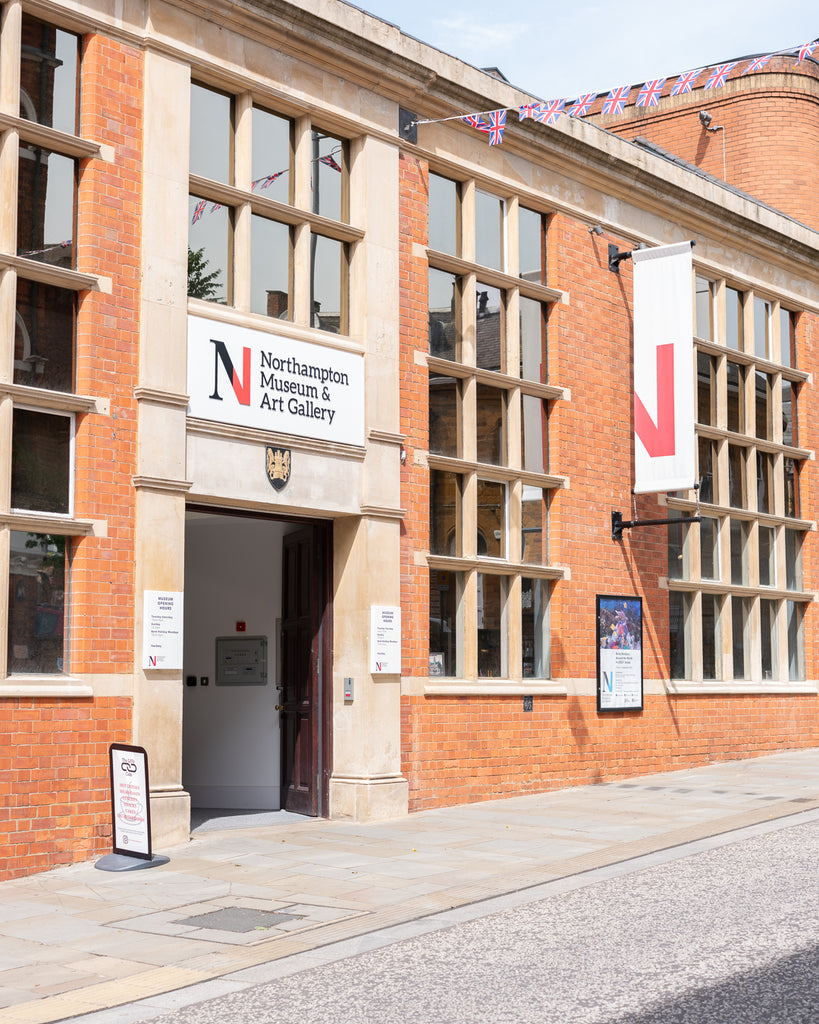
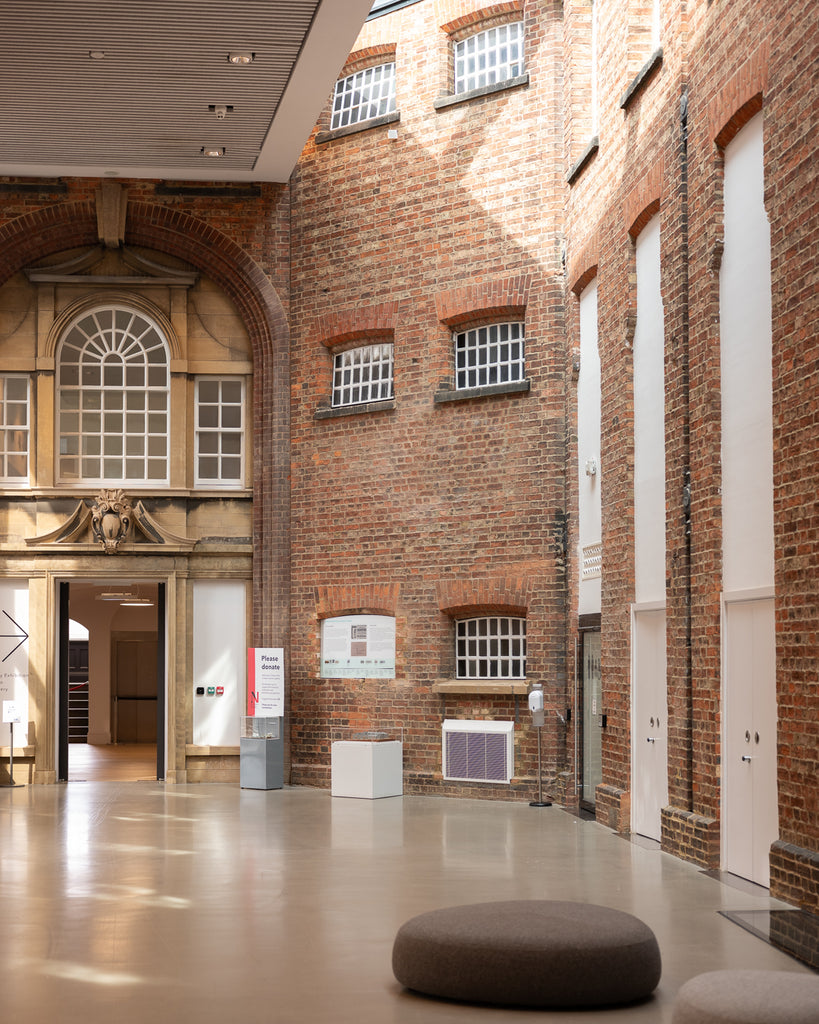
Located on the historical, picturesque Guild Hall Road in Northampton town centre, the Shoe Museum commands respect throughout the footwear world and sits quietly confident next to the creative hub, which is the NN Contemporary Art Gallery.
Having recently undergone extensive renovations to reveal historical features of the building where the collection is displayed, along with the addition of meeting and community spaces for a more local, spacious, welcoming feel - The Shoe Musem can now stand proud whilst showcasing the abundance of rare and informative shoes, boots and footwear history that are stored in its bursting archives.
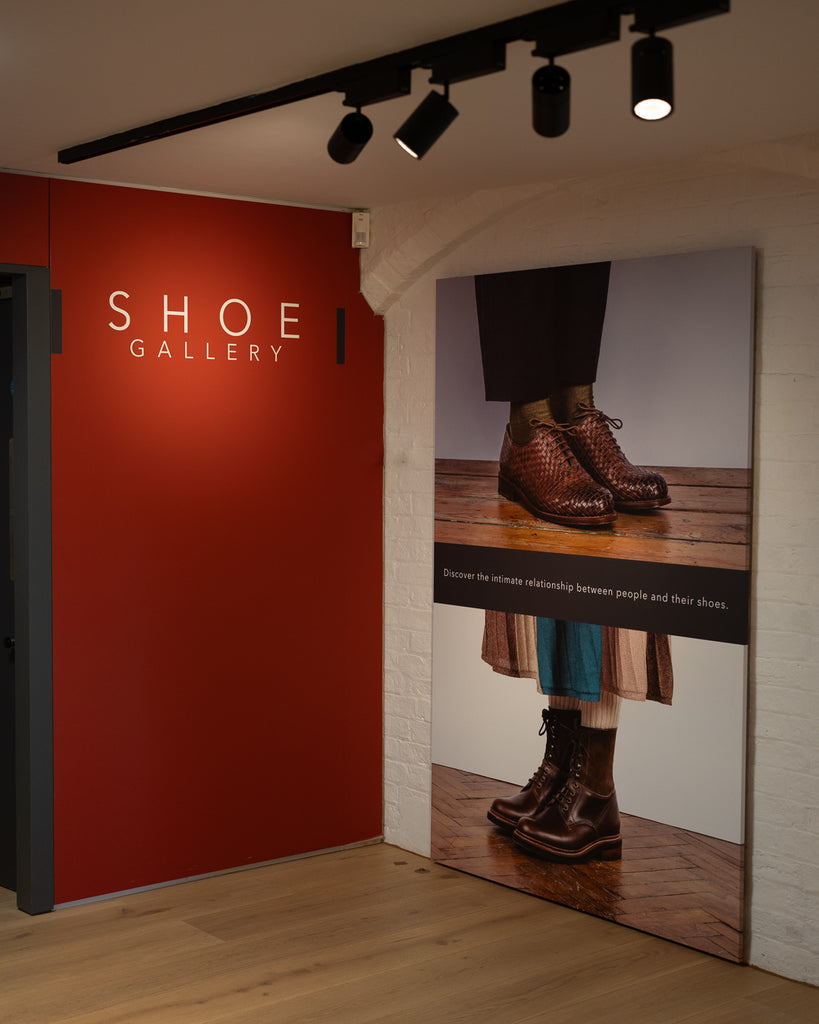
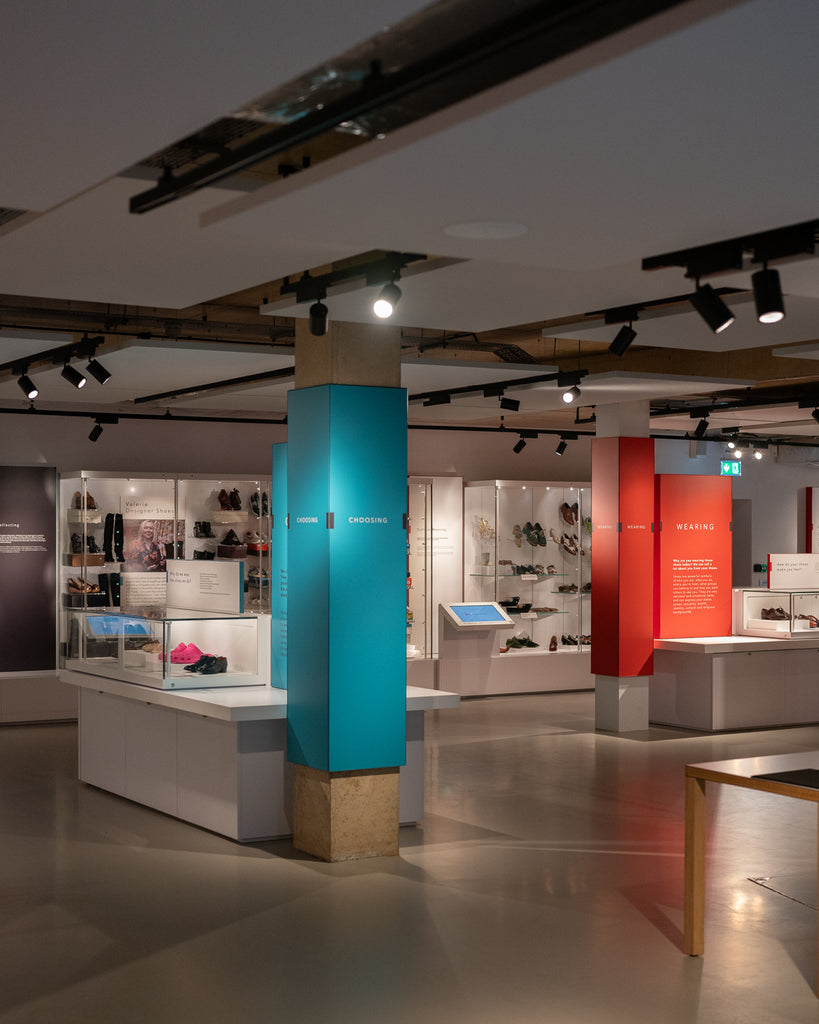
So who decides what footwear gems are documented and displayed across the museum's ongoing exhibitions? None other than Northampton's very own Shoe Oracle and the museum's Senior Curator - Rebecca Shawcross.
An invaluable asset to Northampton Town, Rebecca has been quietly going about her business researching, cataloguing, collecting and exhibiting for many years now as the Shoe Museum's head selector.
Always available (when she's not deep in the archives) for expert advice and reliable footwear knowledge - The subdued passion that Rebecca exudes is impossible to ignore, with each and every conversation with her akin to a rummage in the famous archives in itself.
A literal Shoe Oracle that we're extremely privileged to be able to call on when needed - providing she's not buried in the archives amongst light-resistant brown boxes that is.
Read on below for a Q&A with Rebecca that digs a little deeper into some Shoe Museum statistics, personal favourites, views and her journey to becoming the Senior Shoe Curator of one of the most important footwear collections in the world.
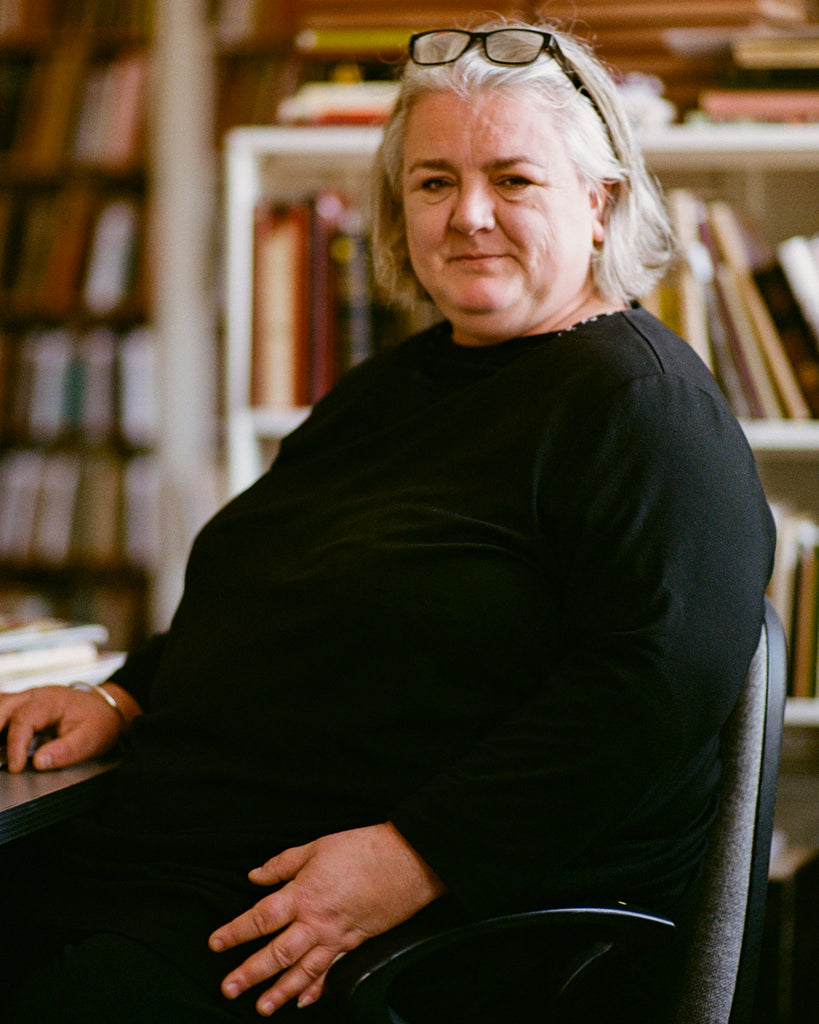 In brief, what was your path to where you are today, and was it all part of the plan to become a Shoe Curator?
In brief, what was your path to where you are today, and was it all part of the plan to become a Shoe Curator?
I did a degree leading to a Diploma in Museum Studies at St Andrews University. There followed several temporary museum jobs working with social history collections at Perth Museum and the National Museum of Scotland, Edinburgh. There came a point where I needed a full-time position. Northampton advertised for an Assistant Keeper of the Boot and Shoe Collection, and I was successful. I remember looking through a few shoe books in preparation, though they didn't ask me anything about shoes! They didn't think they would get anyone with a background in shoes but wanted a museum professional who could then learn about all the aspects of shoes. Over many years I have built up a body of knowledge, experience and contacts, which is constantly developing today.
How many shoes does the shoe museum hold in total, and where does the overall collection rank in terms of other shoe collections worldwide?
We have approximately 18,000 shoes in the overall collection, plus many smaller collections of shoe-related items.
- More than 18,000 shoes – men's, women's, children's, trainers, world footwear, patterns and overshoes, sportswear, theatrical and ballet, concealed shoes and even animal footwear
- Accessories including buckles and laces, shoehorns, shoe trees, spats and polish
- Shoemaking tools, machines, components and lasts
- Shoe retail objects, including foot measuring devices, advertising and shoe boxes
- Documentary archive, including catalogues and trade journals
- Photographs, paintings and prints depicting shoes and shoemaking
- There is an index of shoemakers and shoe companies from across the UK and further afield
- There is also an international database recording concealed shoes found hidden in buildings.
I would say that in terms of the breadth and depth of the collection and the accessibility available, we are high up the list, definitely in the top three.
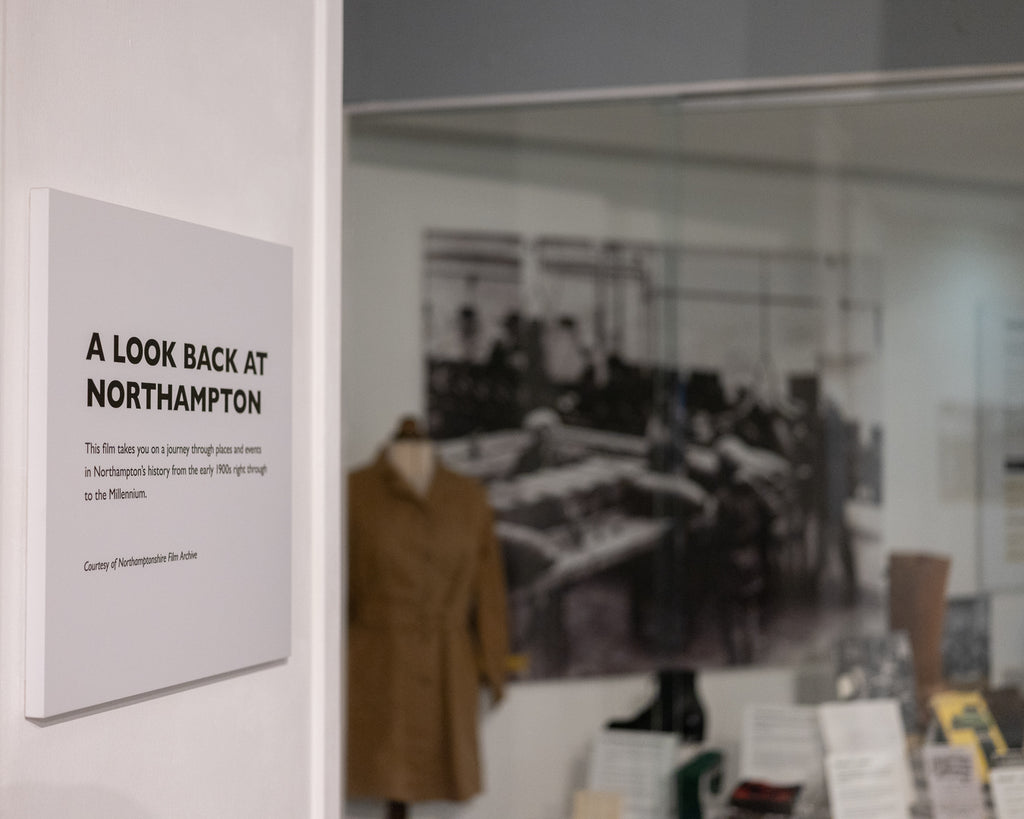
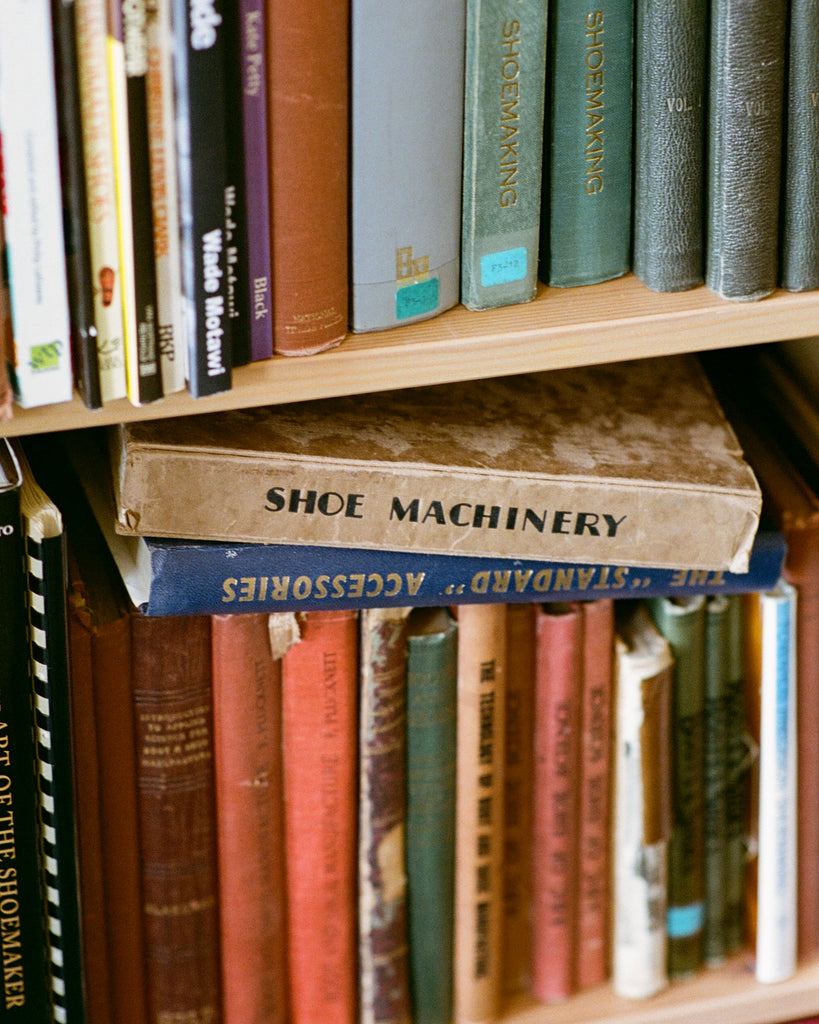
Do you have a favourite all-time shoe, whether based on age, rarity or an interesting story about how it became part of the Shoe Museum collection?
One of my favourite pairs is shoes made from a whale's ear bones. The donor came in with them a few years ago, explaining that she had let her dog out for a wander, and he came back with one in his mouth; you can see where he chipped it! A few weeks later, he was let out again and found another one. She took them to her local museum, who through their research, discovered that the shoe upper was made from the ear bone of a whale. They have a small wooden platform sole, too and are child-size. I find them fascinating and wonder how they ended up buried in the middle of England, nowhere near the sea, to be discovered randomly hundreds of years later by a dog.
In terms of a period, I love women's shoes from the seventeenth and eighteenth centuries. They are so beautiful, and it is intriguing to think about who wore them.
I do love the anticipation of what will be brought in next. When I get the call from front of house to say someone has brought in some shoes or a bag of shoes, and I come down to see them is still a very exciting moment, wondering what it could be. Sometimes it's amazing, a real wow moment because of the shoes or the story with the shoes and other times, not so much.
Since the museum has reopened after the refurbishments and building renovations, there are many more areas dedicated to sneakers and athletic footwear and the culture surrounding it. With the continued rise of sneaker culture over recent decades, where do you place the importance of trainers and sneakers within the history of footwear overall?
Sneakers are the second most popular shoe in the world, but I feel they haven't been given the attention they deserved until relatively recently. They have a fascinating history which extends far from their origins. The rubber-soled sports shoe, which developed into the sneaker, has always been an innovative, experimental and forward-looking item of clothing reflecting the changing dynamics of new manufacturing technology, new materials, new behaviours and attitudes, mass fashion, global trade, globalised production and new ways of transporting and selling goods. It is such a vast area that also covers sustainability and ethics, the collectors market, augmented reality, and new digital platforms.


As most of our readers will be aware, and you most certainly are, Northamptonshire is known worldwide for making some of the finest footwear in history. Do you have any interesting facts or information about the Northampton shoe industry that may be lesser known?
Shoemaking has been taking place in the town for over nine hundred years; At its peak, there were over 400 factories and allied trade establishments making footwear in Northampton.
Northampton has made shoes for King Charles, Princess Anne, the late Queen Elizabeth II, several James Bond's including Pierce Brosnan and Daniel Craig and also Darth Vader.
In 1725 Daniel Defoe, in The Complete English Tradesman, described the dress of Englishmen. He wrote of their shoes that they were:
"From Northampton for all: the poorest countrymen and the master."
Northampton is well known for using the Goodyear Welting method of construction
Are any interesting exhibitions planned for the Shoe Museum that you'd like to highlight? What plans do you have?
We have some very interesting exhibitions, including an exhibition titled 'Punk: Rage and Revolution' between 16 September 2023, 9 June 2024 and 3 March 2024.
It will explore how the international punk explosion inspired and affected young people in Northampton in the late 1970s and early 1980s. Local punk bands, including The Shoplifters, The Russians, and The Submerged Tenth, will be celebrated, and the legacy of punk will be shown through the town's post-punk bands and the diversification of the music genre.
Northampton's most famous band, Bauhaus, has its roots in the local punk scene, having formed and reformed several short-lived bands with many of the same members. The punk movement goes far beyond loud, fast-paced music, and the exhibition will explore the wider sub-culture, live gigs, and the fashion and accessories worn by punks. The exhibition will have a strong local focus, highlighting local bands, music venues, record shops and clothing shops.
Vivienne Westwood: One Man's Collection from 16 March 2024 – 9 June 2024. It will showcase one man's extraordinary collection of Vivienne Westwood shoes. We are also looking at an in-depth exhibition on the shoemaking industry and heritage for the end of 2024
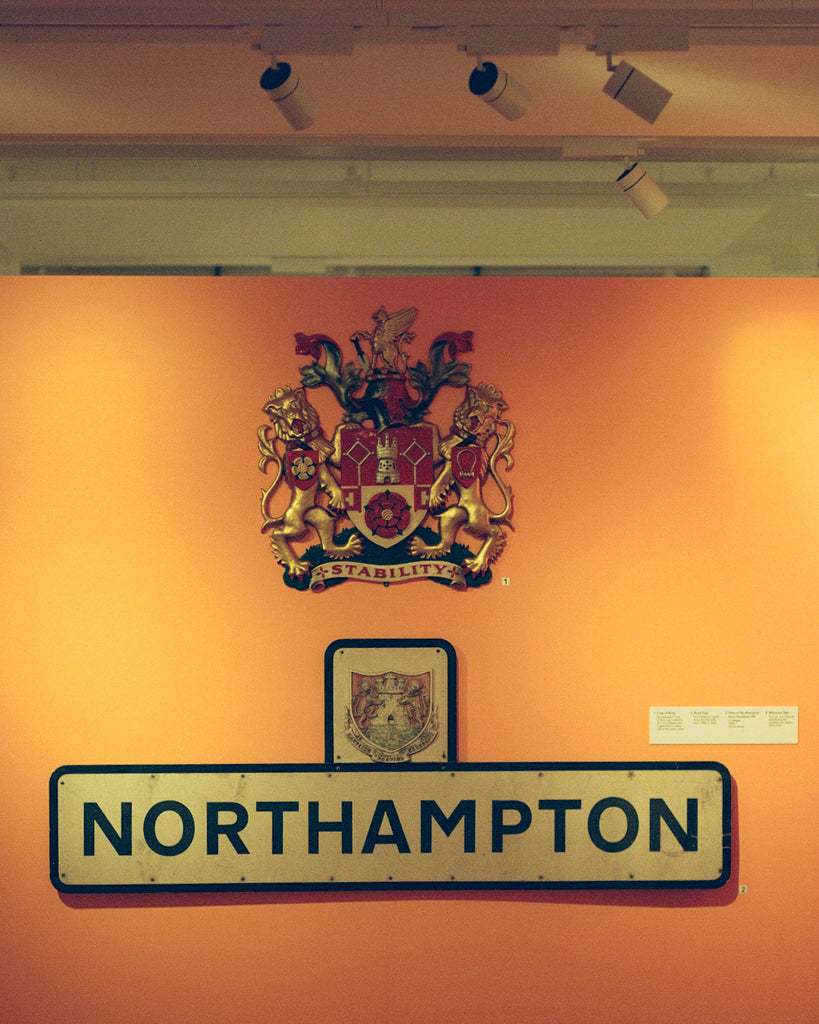
And finally, do you have any bold predictions for footwear in the future, or do you think it'll be more of what's come before?
I think there are a limited number of shoe styles with certain key characteristics that we keep seeing again and again, like specific fastenings, toe shapes and heel heights. Over many hundreds of years, designers, makers and manufacturers have created endless variations of the same handful of styles. This will definitely continue, but in the future, there will be a greater emphasis on sustainability – what shoes are made from, how this sustainability can be maintained, and a greater understanding of where these shoes come from and who makes them.
I think there will also be a greater emphasis placed on cutting-edge technologies by future-thinking creators to produce some amazing designs, from responsive smart shoes to 3D-printed shoes. There will be more designers challenging the status quo to break through old styles to produce something radically new. I also think the metaverse will open up such immense possibilities for virtual footwear. New online platforms have taken sneaker design into the virtual realm creating new ways to provide in-depth information, try on technology, or ways of introducing new releases to the market. I believe blurring the lines between the physical and the virtual has a long way to go.
Thank you so much Rebecca for time and views. As always, very much appreciated.
All details to visit the Shoe Museum can be found here.

